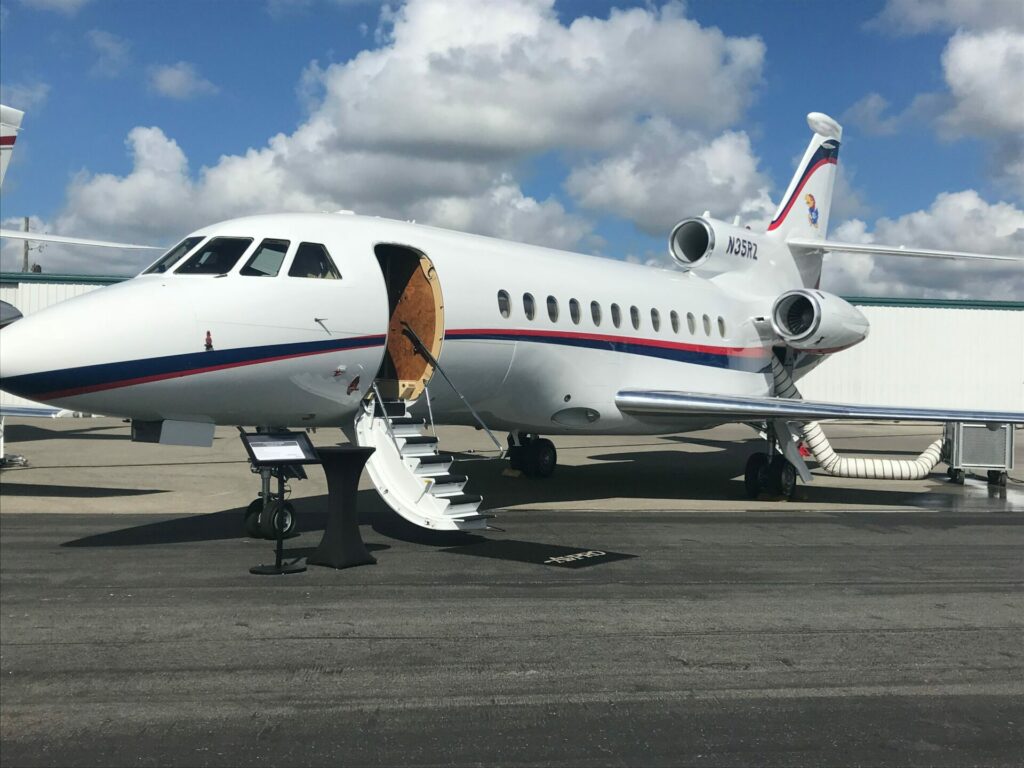The Impact of Jet Planes on Private and Commercial Flight
In the mid-20th century, the advent of jet planes heralded a new era in aviation, fundamentally altering both private and commercial flight. These powerful machines, with their sleek designs and advanced engineering, transformed the skies by providing faster, more efficient, and more reliable air travel. The impact of jet technology continues to reverberate across the aviation industry today, shaping the experiences of millions of travelers worldwide.
Jet Planes Revolutionize Private Air Travel

The introduction of jet planes into private aviation provided an unprecedented leap in speed and efficiency, enabling wealthy individuals and corporations to travel long distances in a fraction of the time previously necessary. Unlike their propeller-driven predecessors, jet planes offered significantly faster cruising speeds and higher altitudes, reducing flight times and offering smoother journeys free from much of the turbulence encountered at lower altitudes. This development drastically changed the landscape of private air travel, making it not just a luxury but a viable option for rapid, personalized transportation.
Beyond mere speed, jet planes significantly elevated the status and convenience of private aviation. Aircraft such as the Learjet, introduced in the 1960s, epitomized the possibilities of executive travel, combining luxury and performance in a way that was previously unattainable. These jets offered the advantage of flexibility, allowing for on-demand travel schedules and access to smaller airports, thereby bypassing the congestion and limitations associated with commercial flight. This innovation afforded business leaders and celebrities a new level of privacy and exclusivity, cementing private jet travel as a symbol of prestige and influence.
Moreover, the rise of jet technology in private aviation spurred the growth of a robust industry catering to a clientele eager for custom, high-end experiences. Companies specializing in private jet charters, fractional ownership, and bespoke services emerged, meeting the diverse needs of their sophisticated customers. As a result, the market for private aviation expanded, driving innovations in aircraft design, in-flight amenities, and operational efficiency. Thus, jet planes not only revolutionized private travel by enhancing speed and luxury but also by reshaping the business models that support this sector of the aviation industry.
Commercial Aviation Transformed by Jet Technology

The impact of jet technology on commercial aviation was profound, ushering in the age of the jetliner and redefining the parameters of global travel. Jet planes like the Boeing 707 and the Douglas DC-8, introduced in the late 1950s, enabled airlines to operate long-haul flights with greater speed and capacity. This capability was instrumental in shrinking the world, allowing passengers to traverse continents in hours rather than days, and opening up international travel to a broader audience. The efficiency and economic viability of jetliners revolutionized the commercial aviation industry, making air travel a cornerstone of global connectivity.
Jet technology transformed not only the distance commercial airplanes could cover but also the frequency and reliability of flights. Jet engines offered a level of mechanical reliability and lower maintenance demands compared to piston engines, which translated into more consistent scheduling and improved safety records. Airlines could now offer more routes with greater frequency, enhancing the accessibility of air travel to the general public. The democratization of air travel was further facilitated by the reduced cost-per-seat-mile of jetliners, which allowed airlines to offer more competitive fares, thereby attracting a new wave of passengers.
Furthermore, the competitive landscape of commercial aviation was reshaped by jet technology, prompting airlines to innovate and differentiate their services. The increased efficiency and capacity of jet planes facilitated the development of hub-and-spoke networks, allowing carriers to streamline operations and optimize passenger load factors. The introduction of wide-body jets like the Boeing 747 in the 1970s further accelerated this trend, enabling carriers to transport large numbers of passengers on popular routes, thus revolutionizing the economics of the airline industry. As a result, jet technology not only transformed the physical capabilities of commercial aviation but also revolutionized the strategic and operational frameworks within which airlines operate.
The impact of jet planes on both private and commercial flight cannot be overstated. These technological marvels have not only set new standards for speed, reliability, and efficiency but have also transformed the very nature of air travel. By making the world more accessible and reshaping the dynamics of the aviation industry, jet planes have had a lasting influence on how people and goods move across the globe. As the industry continues to evolve, the legacy of jet technology will undoubtedly continue to drive innovation and redefine the future of aviation.



